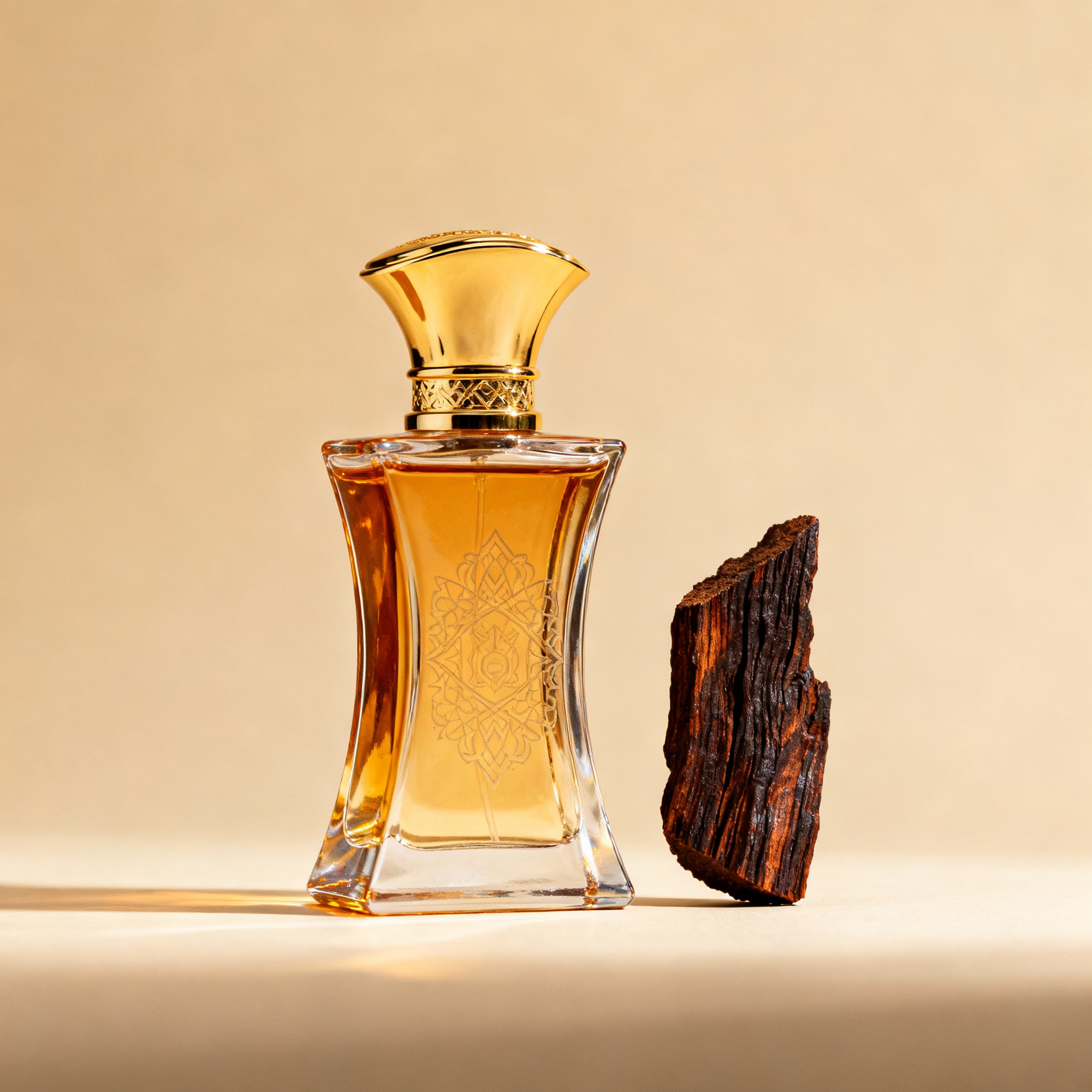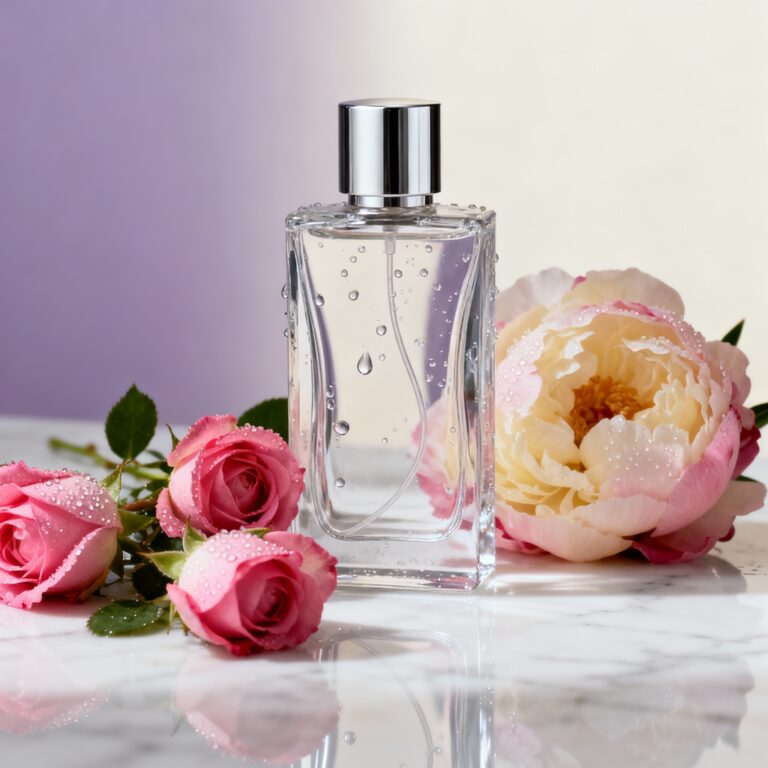There’s something grounding about woody fragrances. They don’t demand attention, but they command it anyway. A well chosen woody scent feels like a second skin, warm and familiar, but with enough complexity to keep people guessing. It’s the kind of fragrance that stays in a room after you’ve left, leaving an impression that’s hard to shake.
If you’ve ever been drawn to the smell of fresh cedar, sandalwood incense, or even a walk through a forest after rain, you already know the pull of woody notes. But understanding how these fragrances are built, how they perform, and how to find one that works for you is where things get interesting. Whether you’re exploring floral fragrances, fresh fragrances, fruity fragrances, or amber and oriental fragrances, woody notes often play a supporting role but here, they take center stage. This isn’t about selling you the most expensive bottle or the latest release. It’s about helping you understand what makes woody fragrances tick and how to choose one that feels like it was made for you.
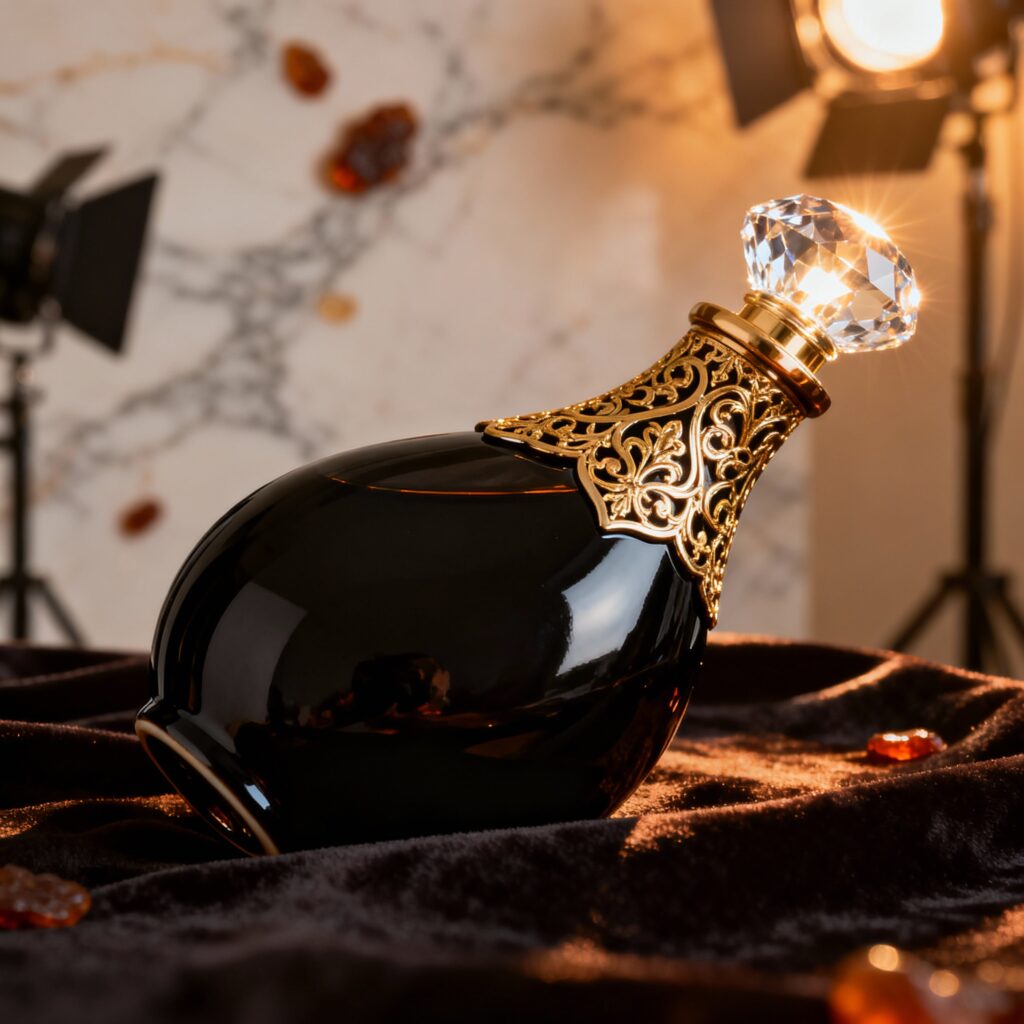
What Makes a Fragrance Woody?
Woody fragrances are built on notes that come from trees, bark, moss, and resins. Think cedar, sandalwood, vetiver, oud, patchouli, and pine. These notes form the backbone of the scent, giving it structure, warmth, and longevity. Unlike florals, which can be light and fleeting, or citruses, which are bright and ephemeral, woody notes tend to stick around. They’re the kind of scents that develop slowly on your skin and last well into the evening.
According to our reviews, woody fragrances are one of the most versatile families in perfumery. They can be dry and crisp, like freshly cut wood, or creamy and resinous, like incense burning in a temple. Some lean green and earthy, while others are warm and almost edible. The range is massive, and that’s what makes them so compelling. You’re not locked into one vibe. You can find a woody fragrance that feels minimalist and modern, or one that feels rich and historical.
What sets woody fragrances apart is their ability to ground other notes. In a perfume, woods often appear in the base, anchoring lighter top notes like citrus or lavender. But in a true woody fragrance, the woods are the stars. Everything else is there to support them, not the other way around.
Woody Subfamilies: Finding Your Style
Not all woody fragrances smell the same, and understanding the subfamilies can help you zero in on what you’re looking for. Here’s how the woody family breaks down.
Cedarwood Forward: Clean and Dry
Cedar is one of the most recognizable woody notes. It’s clean, slightly pencil-shaving-like, and has a crisp, dry quality. Fragrances built around cedar tend to feel fresh and understated. They’re not trying to overwhelm you. Cedar-forward scents work well in professional settings or anytime you want something that feels polished without being loud.
Sandalwood: Creamy and Smooth
Sandalwood is the softer, creamier side of the woody family. It has a milky, almost buttery quality that makes it incredibly wearable. Sandalwood-heavy fragrances feel warm and comforting, like a well-worn leather jacket or a favorite sweater. They’re intimate without being overpowering, making them perfect for close encounters or cooler weather.
Vetiver: Earthy and Green
Vetiver is woodier than sandalwood but greener than cedar. It has an earthy, rooty quality that feels grounded and natural. Vetiver fragrances often have a slightly bitter edge, which gives them character. They’re sophisticated and tend to appeal to people who want something that feels mature but not stuffy. Vetiver works year-round but shines in spring and fall.
Oud: Rich and Resinous
Oud (also called agarwood) is the heavyweight of the woody family. It’s dark, resinous, and intensely complex. Oud-based fragrances are bold and unapologetic. They’re not for everyone, but if you’re drawn to them, you’re probably drawn to their depth and staying power. Oud works best in cooler months and evening settings. It’s the kind of scent that makes a statement.
Woody Aromatic: Herbs Meet Woods
Woody aromatic fragrances combine woods with herbal notes like rosemary, sage, or lavender. The result is something fresh but grounded, clean but warm. These scents are incredibly versatile and tend to be crowd-pleasers. They work in almost any setting and translate well across seasons.
How Woody Fragrances Perform Across Seasons and Skin
Seasonal Versatility
Woody fragrances are some of the most seasonally adaptable scents out there. Lighter woods like cedar and vetiver work beautifully in spring and summer. They feel fresh without being too sharp. In fall and winter, richer woods like sandalwood, oud, and patchouli come into their own. They add warmth and depth that matches the cooler weather.
The key is matching the intensity of the wood to the temperature. Light, dry woods for warm weather. Deep, resinous woods for cold weather. If you’re unsure, woody aromatics bridge the gap nicely and work year-round.
Skin Chemistry Matters
Your skin type affects how woody fragrances wear. If you have oily or well-moisturized skin, woody notes will develop more fully and last longer. If your skin is dry, you might find that woody fragrances fade faster or smell sharper. To counter this, apply an unscented lotion before spraying, or look for fragrances with strong base notes that help the scent cling.
Woods also interact with your natural body chemistry. Some people amplify the creamy, warm aspects of sandalwood. Others bring out the green, earthy side of vetiver. This is why testing on your own skin is essential. A fragrance that smells incredible on a tester strip might wear completely differently on you.
How to Test and Wear Woody Fragrances
Testing the Right Way
Don’t judge a woody fragrance by its first spray. Woody notes take time to develop. When you first apply a fragrance, you’re smelling the top notes, which are usually lighter (citrus, herbs, spices). The heart notes come next, and finally, the base notes (where most woods live) reveal themselves after a few hours.
Test on your wrist or inner arm. Let it sit for at least 30 minutes before deciding if you like it. Ideally, wear it for a full day to see how it evolves. Woody fragrances are slow burners. They get better over time.
Layering for Depth
Woody fragrances layer beautifully with other scents. You can pair a woody base with a fresh citrus to add brightness, or layer two woody scents to create something unique. For example, a cedar-forward fragrance layered with a sandalwood scent can give you a complex, custom blend that’s entirely your own.
You can also layer woody fragrances with non-fragrance products. An unscented body oil or lotion helps the scent last longer and gives it a smoother texture on the skin.
Six Woody Fragrances Worth Your Attention
Here are six woody perfumes that represent different corners of the family. These are widely discussed on dealscrafted and worth exploring if you’re serious about finding your woody.
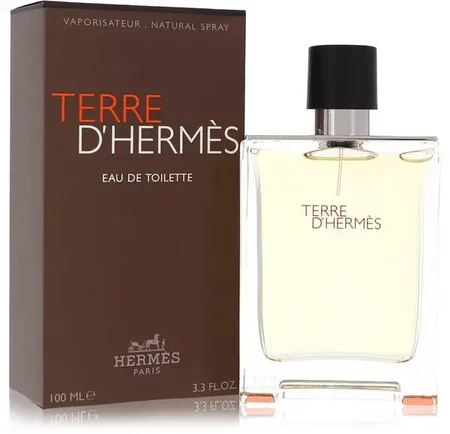
This is a masterclass in woody freshness. Built around vetiver, cedar, and orange, Terre d’Hermès feels earthy and bright at the same time. It’s sophisticated without being intimidating, making it perfect for daytime wear. It works across seasons and is a go to for anyone who wants a woody fragrance that feels refined but approachable.

Oud Wood is rich, smooth, and surprisingly wearable for an oud fragrance. It balances the intensity of oud with sandalwood, vetiver, and tonka bean, creating something warm and inviting. This is an evening scent, perfect for cooler weather or special occasions. It’s bold but not overwhelming, making it a great entry point into oud based perfumes.

Aventus is a woody fruity fragrance that’s become a modern classic. It combines pineapple, birch, and oakmoss to create something fresh, smoky, and undeniably confident. It’s one of the most talked about fragrances for a reason. Aventus works in almost any setting and has serious staying power.

Santal 33 is the sandalwood fragrance that put Le Labo on the map. It’s creamy, slightly spicy, and has a leathery undertone that gives it edge. This is a unisex scent that feels effortlessly cool. It’s become ubiquitous in certain circles, but there’s a reason for that. It’s just really well done. If you want a woody fragrance that feels modern and understated, this is it.

Dior Homme leans into iris and woods to create something soft, powdery, and elegant. It’s not your typical woody fragrance. It’s more refined, almost delicate, but with a solid woody base that gives it structure. This is a great choice if you want something that feels sophisticated and slightly unconventional.
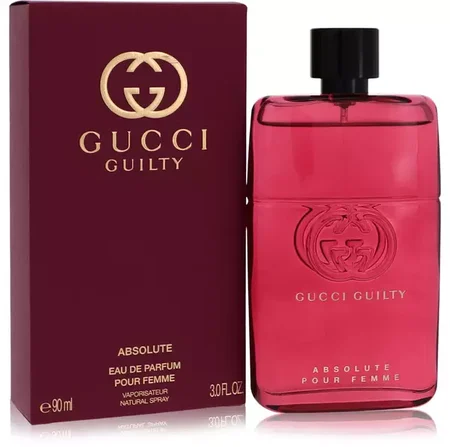
Gucci Guilty Absolute is dark, leathery, and intensely woody. It’s built around cypress, patchouli, and vetiver, with a strong leather accord that makes it feel rugged and bold. This is not a safe choice. It’s for people who want to make a statement and aren’t afraid of wearing something unconventional. It’s best suited for fall and winter.
Finding What Works for You
Choosing a woody fragrance is about understanding what you’re drawn to. Do you want something clean and dry, or rich and resinous?
Do you want a scent that fades into the background, or one that announces your presence? Woody fragrances can do both, and everything in between.
Start by sampling a few different subfamilies. Try a cedar, a sandalwood, and a vetiver. See which one feels right. Pay attention to how each one wears on your skin over the course of a day. Notice what fades, what lingers, and what makes you want to keep smelling your wrist.
And don’t be afraid to step outside your comfort zone. If you’ve always worn fresh or citrus scents, a woody fragrance might feel like a big shift. But that’s often where you find something that feels like it was made for you. Woody fragrances have depth, character, and staying power. They’re the kind of scents that grow on you, and once they do, they’re hard to give up.
Sample first. Test on your skin. And trust your instincts. The best fragrance is the one that makes you feel most like yourself.
Related Guides
Want to explore other fragrance families? Check out our complete guides:

